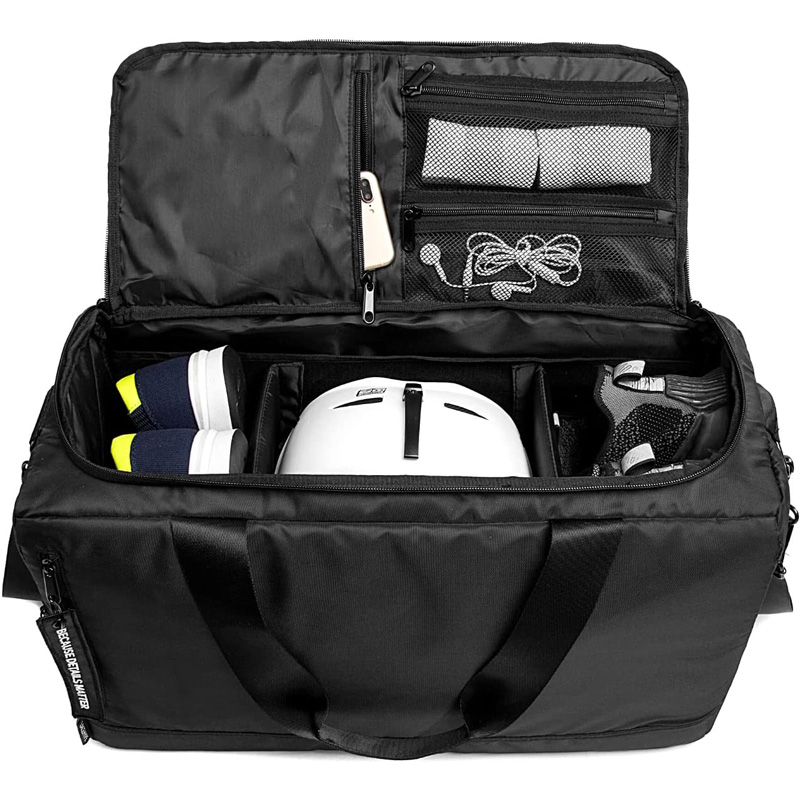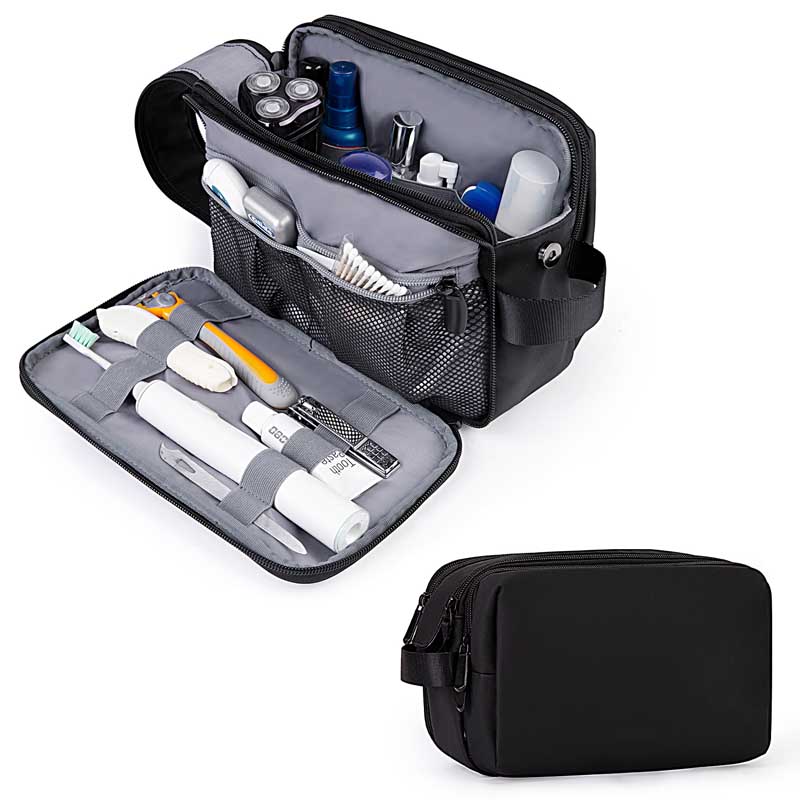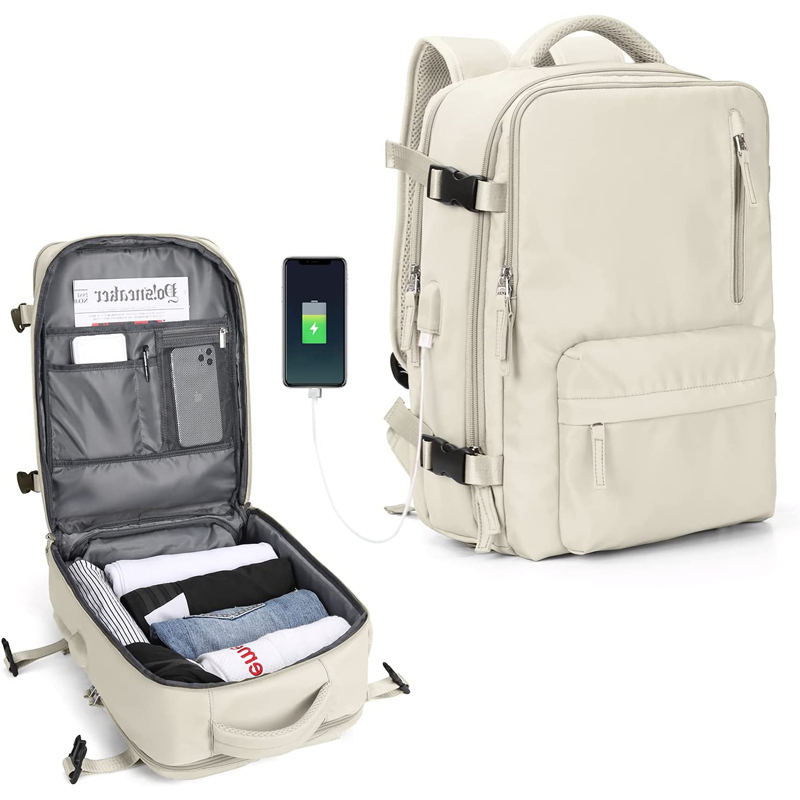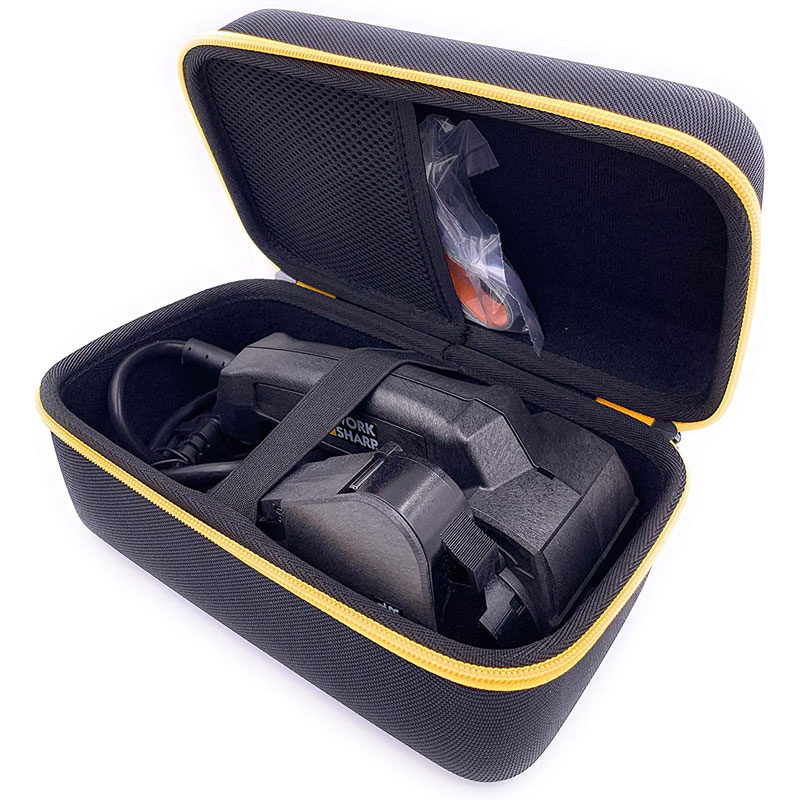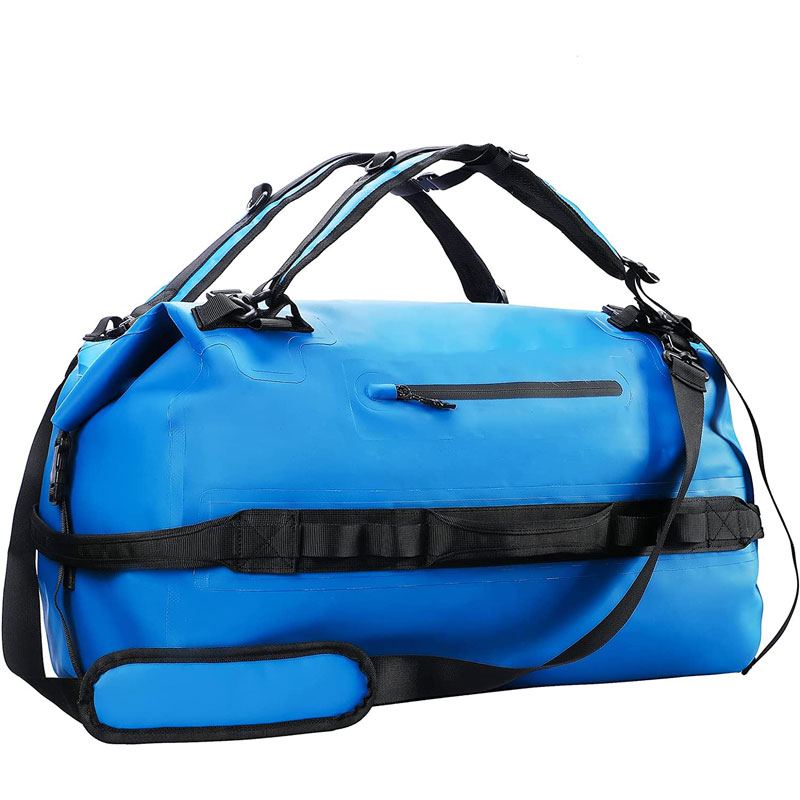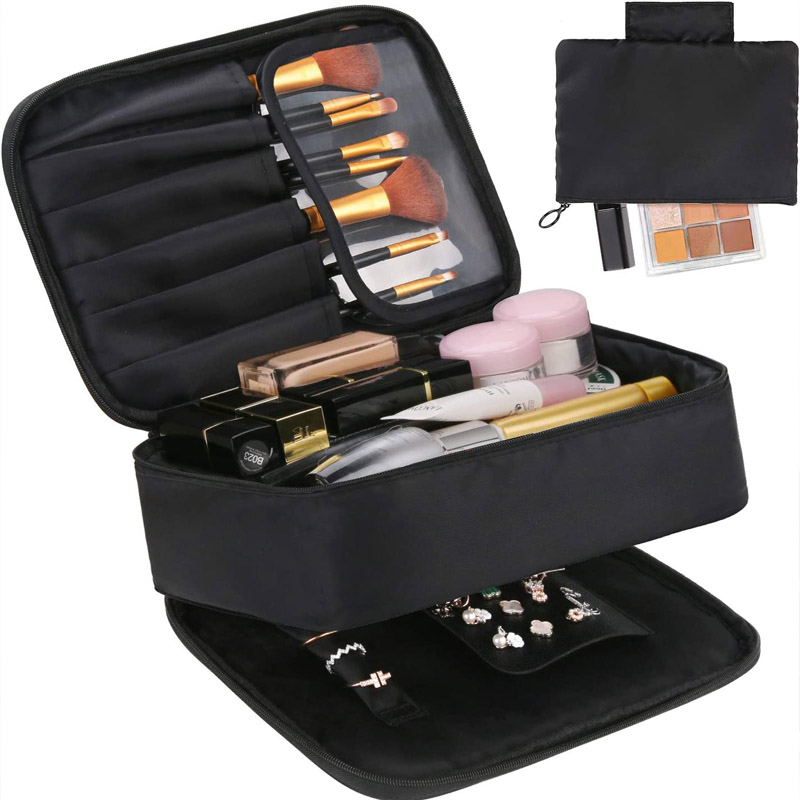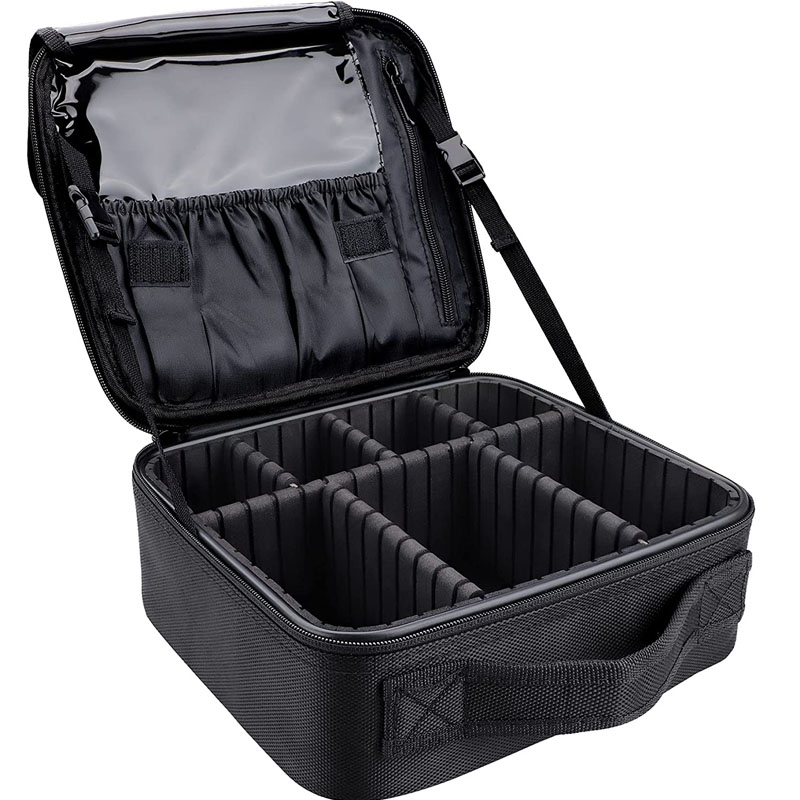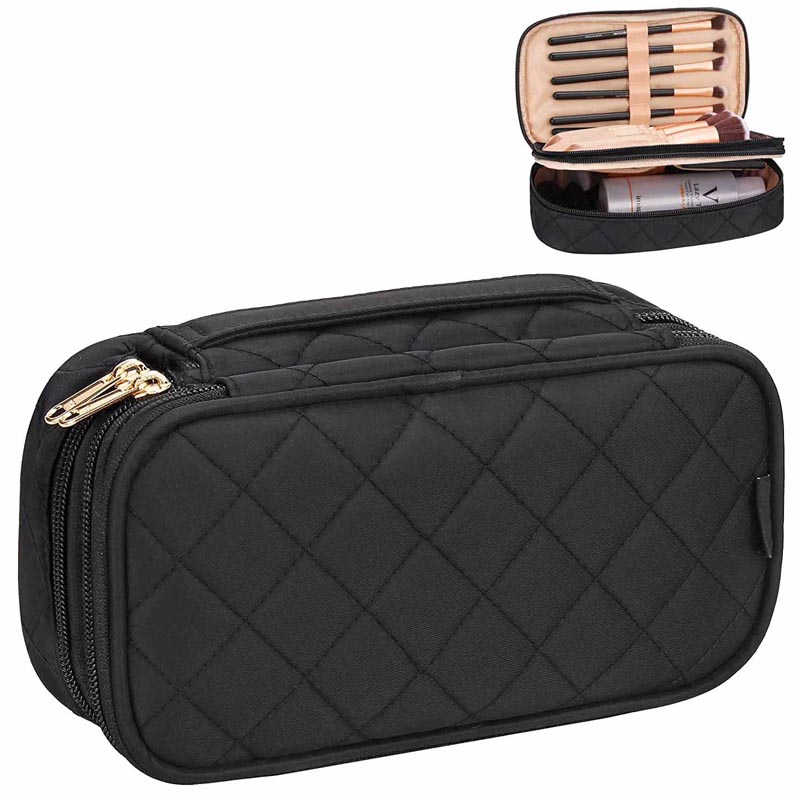Nurse waist pouches are designed to be durable and longlasting, given the demanding nature of the healthcare environment. These pouches are expected to withstand frequent use, cleaning, and the need to carry essential medical tools and equipment. The durability of a nurse waist pouch is primarily determined by the materials used in its construction.
Common Materials:
1. Nylon: This is a popular choice due to its strength, lightweight nature, and resistance to wear and tear. Nylon is also easy to clean, which is a crucial factor in a medical setting where hygiene is paramount.
2. Polyester: Another commonly used material, polyester is known for its durability and resistance to ripping and tearing. It is also relatively easy to clean and maintain.
3. Canvas: Some pouches are made from canvas, which is a sturdy material that can withstand daily use. Canvas pouches are often waterresistant, adding to their durability.
4. Microfiber: This material is soft yet strong and is often used in pouches that need to be comfortable against the skin for long periods. Microfiber is also easy to clean.
5. Tyvek: Used in some medical pouches, Tyvek is a synthetic material known for its high tear resistance and durability. It is also compatible with various sterilization methods, making it suitable for medical use.
6. Neoprene: This material, commonly used in wetsuits, is chosen for its comfort and flexibility. Neoprene pouches are comfortable to wear and can be easily cleaned.
7. HighDensity Polyethylene (HDPE): Used in bags for transporting samples, HDPE is extremely resistant to tears and is often used in bags that need to be watertight and durable.
Design Features for Durability:
Multiple Pockets and Compartments: These allow for organized storage and easy access to tools, reducing the wear on the pouch from constant rummaging.
Reinforced Stitching: Key stress points, such as the areas where straps attach, are often reinforced to prevent dilaceration.
WaterResistant or Waterproof: This feature protects the contents of the pouch and the pouch itself from damage due to spills or cleaning.
Antimicrobial Properties: Some materials used in medical pouches have antimicrobial properties, which help maintain hygiene and can extend the life of the pouch by preventing the growth of bacteria that can degrade the material.
EasytoClean: Materials that can be easily wiped down or machine washed are preferred to maintain cleanliness and prolong the life of the pouch.
In conclusion, the durability of nurse waist pouches is a critical consideration, and manufacturers use a variety of materials to ensure that these pouches can withstand the rigors of daily use in a healthcare setting. The choice of material can depend on the specific needs of the nurse, such as the requirement for a waterproof pouch or one with antimicrobial properties.


